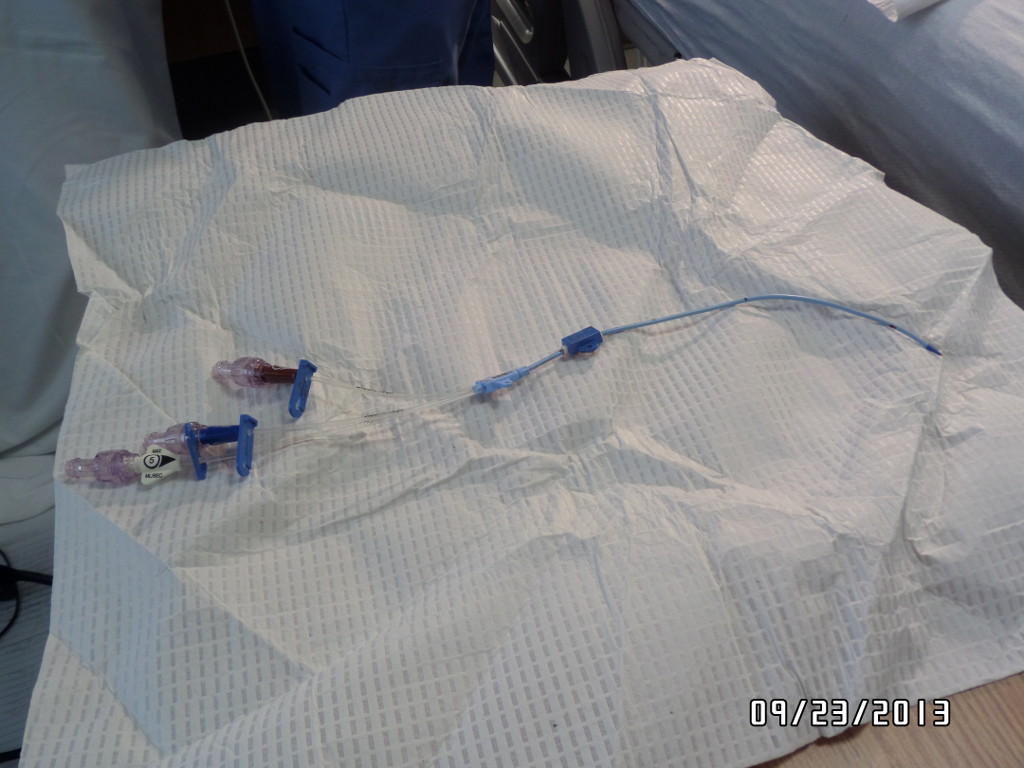In my 20s I occasionally went on solo backpacking trips. My most enthusiastic trip was from Coos Bay, Oregon to Eureka, California. I walked and camped down the Oregon coast and discovered that if you walk south in bright sun the first part of each day you turn brown on one side only. I don’t recall any fear on that trip. But on other trips into the White Mountains of New Hampshire and the Cherokee National Forest area of North Carolina I put myself into places where an unlucky accident could have serious consequences. One effect of being aware of this was to be damn careful where I put my feet, most especially avoiding places where snakes tended to hang out, keeping good balance when one step off trail was straight down 100 feet, etc. Another effect was to be exquisitely careful with navigation, having good maps, decent compasses, maintaining safe margins of water and taking good care of my feet. Oddly enough, apart from arranging to be noisy as I walked I was mostly oblivious in those days to the possibility of meeting bears and I don’t recall stringing my food and other smellables up and away from the tent, etc. Luck was on my side for that hazard!
But now I find myself on another trek involving the chance of a solitary consequence. I just finished a course of radiation treatment on the heals of chemotherapy treatment number two (hormone/chemo #1 ongoing). Currently the only proxy for my prostate cancer activity is the measure of an antigen in the blood called PSA. But my stage four cancer was diagnosed with a PSA of only 7.6, drastically lower than the specialists expected, meaning that the majority of my cancer activity does not involve cells having PSA on their surface. This is very bad, as although my PSA is now so close to zero that I’m declared “in remission” and “cancer free”, the truth is that my loved ones and I can only hope that the therapies annihilated the undetectable cancer cells along with the detectable ones. In theory this did happen, as the docetaxal chemo is highly toxic to the cancer througout the body and the radiation was directed at the sites were the (PSMA diagnostic) “visible” cancer resided.
The implication is that it may be difficult to impossible to detect recurrence of my cancer (and I have been told quite clearly that it will come back because it had metastasized already before diagnosis). If I’m lucky the cells correlated with a return of higher PSA levels will come back in concert with the undetectable ones, they will be found in the same places, etc, giving me a decent chance of getting treatment early before tumors begin to have serious side effects. However I don’t know yet if the situation is as bad as this: I’m hoping my next oncologist appointment will reveal an alternative proxy. But it’s been 17 months and surely I’d have been told by now. Except I hadn’t been told the basic situation with respect to undetectable cells by an oncologist: I had to get enlightenment from the science literature. It turns out that only about 1% of prostate cancers involve this “sneaky factor” and because of that there has been very little research done on dealing with this type. It’s on me to stimulate my current oncologist to become proactive about this or else help me find one who is willing, as “waiting and watching PSA” seems to be asking for too much of lady luck.
And apart from finding an alternate proxy or means of early detection of my sneaky cancer I also need to find out all I can about strategies for discouraging new growth. Now that the radiation is finished I expect my heart to bounce back (fewer/shorter PVC runs) and that will enable me to resume aerobics, etc. This is all while I eagerly watch the human trials of AOH1996, a potential silver bullet that might come on line in time for me.

